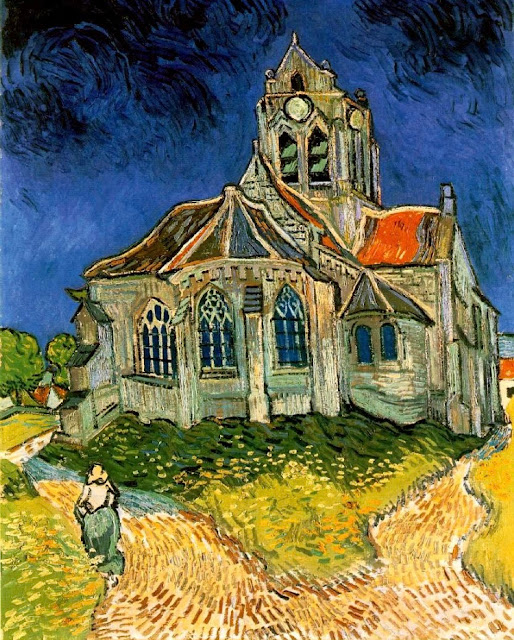Featured
- Get link
- X
- Other Apps
Pablo Picasso 1. Young Picasso, a Drawing fool
On the southern coast of Spain, between Granada and the Strait of Gibraltar, there's a beach city called Málaga. In October 1881, Pablo Diego José Francisco de Paula Juan Nepomuceno María de los Remedios Cipriano de la Santísima Trinidad Ruiz y Picasso was born there.
Who is this? This is Picasso's full name.
As a child, he was very shy. He didn't pay attention in class and just stared out the window. He didn't play with other kids, so he was often left out. He was a quiet kid with no friends.
But Picasso did have a friend: his pencil. It's said that his first word wasn't "Mom" or "Dad" but "pencil," showing how much he loved to draw. So, while he was staring out the window, he was probably drawing in his mind.
Pablo Picasso was serious about art from a young age. He drew so much that by the age of nine, he had already created artwork.
His father played a big role in his development as an artist. At that time, Picasso's father did commissioned paintings, and Picasso learned by watching and imitating him.
One day, after seeing a drawing by young Pablo, his father made a decision. He would support his son in becoming an artist to achieve the dream he couldn't fulfill himself. Picasso's father, who was an art teacher, had always wanted to become a renowned painter.
From then on, Picasso received special training from his father. He started by copying works by Raphael and Michelangelo. By the age of twelve, he began to create his own realistic drawings.
He could replicate Raphael's drawings exactly. Unlike Henri Matisse, Picasso was producing such works from the age of twelve. He was truly a prodigy.
His confidence was immense, and he famously said, "I can draw like Raphael."
And he had the skills to back up that claim. People around him started calling him a child prodigy, and Picasso himself knew he was special in the world of art.
Updated in 2024.05.24
Popular Posts
Vincent Van Gogh 6. Settling in Arles, Establishing the Foundations of Impressionism
- Get link
- X
- Other Apps



